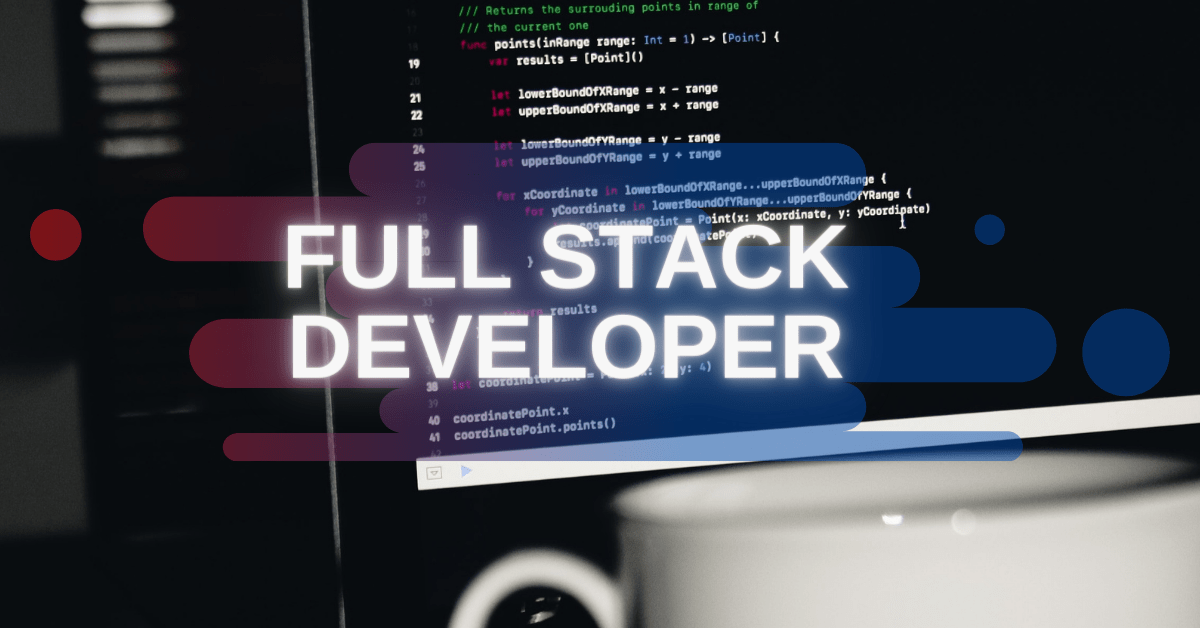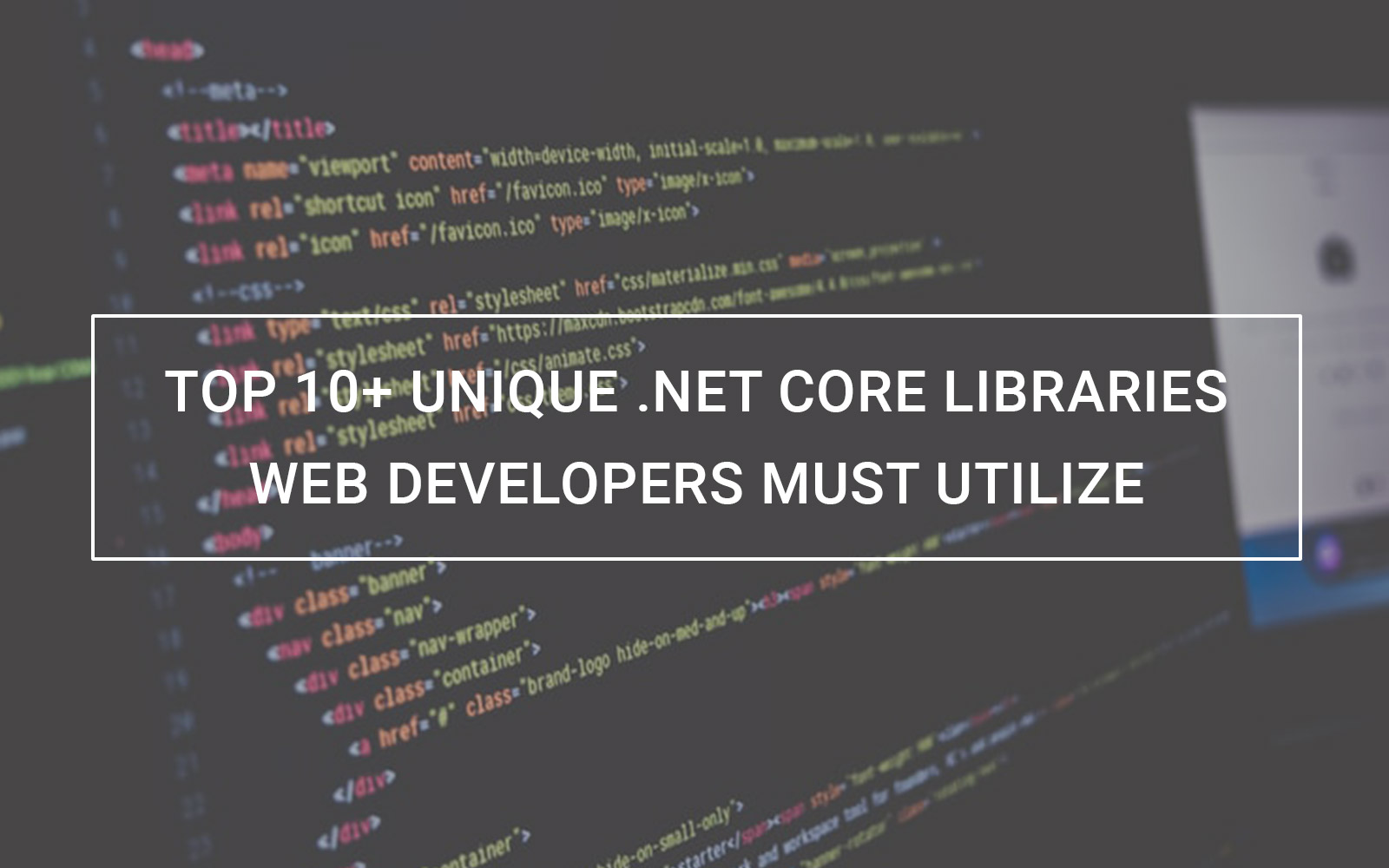Python is now a mainstream programming language thanks to emerging technologies using Python heavily. Python web development requires the support of a framework to be quick, precise, and cost-effective. Let’s learn which top 15 Python frameworks are trendy in 2019.
Introduction
Emerging technologies like IoT, AI, AR, wearable, Blockchain, and similar innovative technologies have changed the scenario of software development and focus of the developers too. It was a time when PHP, ASP.NET, and open source platforms were rocking in the portfolio of the developers. Gradually, Objective-C, Java, Swift, and Kotlin have secured their places in the portfolio thanks to rising trends of mobile application development.
Today, we have jumped from traditional computing devices to a mix of non-computing devices in our computing network. However, inventions, including IoT, M2M, Machine Learning, Deep Learning, NLP, AI, Wearable, Big Data, and similar non-traditional technologies have raised the bar of other programming languages, which we have pushed back in our learning focus.
Python is one of those new age demand in the programming community. Python has amazing simplicity, such as the English language like easy to comprehend and learn syntax. Python is a scripting language with great capabilities to deal with data in the network and SQL as well as NoSQL databases.
Unfortunately, Python like PHP and similar programming technologies, missing built-in features and functionality to deal with myriads of intricate tasks, nuances of executions, and many routine things. Therefore, it demands a kind of framework to organize everything automatically or logically and let developers focus on core activities like programming logic.
Thereby, the Python ecosystem consists of several dozens of useful frameworks. Experts used to classify these frameworks in three main categories.
1 – Full-stack Python Framework
As the name suggests, full-stack frameworks can meet the various development requirements ranging from generators, validations, templates, executions, integrations, testing, debugging, and so on as a one-window-shop solution. Thereby, it permits big scale Python development projects to manage.
2 – Micro Framework
Again the name suggests that it should be lightweight frameworks with restricted features, functionality, and tools. So, developers are using micro frameworks for specific and limited tasks or requirements. It prohibits big scale Python application development and demands lots of manual coding if you think so.
3 – Asynchronous Framework
The name suggests its properties like managing a big set of concurrent connections. It uses Asyncio library of Python language. Even though it is a micro framework type, it can handle some specific requirements in many innovative projects.
With these superficial understandings of kinds of Python development frameworks, I am going to introduce you top 15 useful and most used Python frameworks encompassing all three categories.
List of Full-stack Python Frameworks
It is a long list of full-stack Python frameworks, but I have selected a few to describe here.
1. Django
Django is an open source high-end and the most sought after framework among the Python development community. It follows DRY (Don’t Repeat Yourself) paradigm in coding; hence, it is fast and flexible to work on intricate code in the large and complex applications.
Thanks to its adoption for pragmatic design mechanism, it can streamline the development process. It has rich libraries and cutting edge features, such as:
- Powerful template engine
- Solid authentication and authorization
- ORM
- URL routing
- Database schema migration
- Content management
- Support for various databases including SQL and NoSQL
- Solid security features including XSS, forgery, SQL injections, and clickjacking
2. PyCharm
It is a new generation framework for a new generation of Python developers. PyCharm offers developer-friendly tools such as AI-powered code completion, on-the-fly error checking, quick fixes, easy project management, and much more.
It helps in writing quality code by the help of PEP8 checks, testing assistance, smart refactoring, and various inspections. It also supports other frameworks and technologies as a universal IDE. It has great scientific tools, including iPython Notebook, Python console, and support to Anaconda, metplotlib, and NumPy.
3. TurboGears
It is a data-driven framework useful in the creation of data-driven applications. It comes with AI-powered Templating, powerful ORM, and many developer-friendly features. It supports various components needed for seamless database connectivity, such as Genshi, Repoze, SQLAlchemy, and WebOb.
It provides command-line tools, MochiKit JS library integration, and MVC-style like architecture. It also offers PasteScript template and validation support using FormEncode. ToscaWidgets in Python are for coordination in front-end UI design & server deployment.
4. Web2Py
It is a scalable open source Python framework. It has a web-based IDE with a code editor, debugger, and one-click deployment features. It offers a ticketing system for error reporting. It provides backward compatibility and supports the MVC pattern.
It has built-in data security for common vulnerabilities. It gives role-based access control using solid authentication and authorization systems. The web2py framework supports internationalization and readability of multiple protocols.
5. Pyramid
It is a mega framework with the ability to take auto-decisions. The pyramid is a quality-driven framework for Python developers to create small to mid-size and large projects with equal comforts. It is flexible when you think of authentication and authorization.
It is a traversal framework because it enables URLs to map the code, as well as ease RESTFul API development. It gives Templating and asset specifications like features.
List of Micro-Frameworks for Python
6. CherryPy
It is an open source object-oriented framework. It has an HTTP/1.1 compliant WSGI multi-strung web server. It aims to provide quick development for smaller source codes. It has module and setup frameworks to simplify data access and Templating.
It can handle files, sessions, and cookies. It offers documentation for profiling, coverage, and testing. It has decent tools like default caching, encoding, and authorization. It is a fast, stable, and reliable framework for python development.
7. Bottle
It was originated to build web APIs. Bottle framework is minimalistic and allows an application to execute a single source file without dependencies. It is a simple and fast framework with support for 3rd party template engines.
It has a built-in HTTP server and plugin support for varied databases. It also offers request-dispatching routes with URL-parameter support. It is an ideal framework for prototyping and developing RESTFul services.
8. Flask
Flask has a built-in development server and debugger, but not built-in database interaction. Flask-SQL-Alchemy package compensates missing capability of database interaction by enabling web applications to connect to SQL database using database URL only.
The framework supports unit testing and allows secure connection with client-side sessions. However, it is comestible with Google Map Engine and modeled in line of Sinatra Ruby framework. It demands Jinja-2 template and Werkzeung WSGI toolkit. It supports plugin in any ORM. It is a Unicode-based Python framework.
9. Dash
It designed keeping the development of analytic web applications. It has built on React and React.JS tools for data scientists. It delivers cross-platform apps. The Dash framework has two main divisions, one is for front-end designs/layouts, and another is for interactivity.
Dash enables developers to design applications, which are web servers and run Flask, as well as communicate with JSON packets using HTTP requests. The rendering of front-end components takes place using React JS.
Dash applications need a few boilerplate codes to get going. It helps in error handling, URL routing, as well as LDAP integration with Dash deployment server. It offers a high degree of customization with plugin support. It provides a simple interface for rendering UI controls on value properties including, dropdowns, sliders, and graphs.
10. Falcon
It was created to build web APIs rapidly. It is a highly used framework by Python developers. When you create HTTP APIs, you don’t need to load a lot of dependencies at all. Falcon provides a clear design that supports REST and HTTP architectures. It is good for fast back-end work and permits entrance to headers and bodies via request and response classes.
It also supports WSGI library to create web apps, so it dubbed as Dieter Rams. It can efficiently handle multiple requests with the help of the same hardware. It also strives for complete code coverage. It means it has a highly optimized code base.
Thereby, giants like LinkedIn love, and it is suitable for medium to large projects. It applies middleware components and hooks through DRY request processing. With Cython support, it boosts the programming speed a lot.
List of Asynchronous Frameworks for Python
11. Sanic
Sanic is an open source and Python 3.6 plus web server framework. It builds on top of UV-Loop. It offers fast HTTP responses using asynchronous request handling. It can read and write cookies and permits various kinds of logging, including access log and error log. It provides class-based views and plugin support. It has handlers to apply for decorators support easily.
The sanic framework also supports blueprints for sub-routine within an application. You can use the dot-notation library to modify the configuration object.
12. Tornado
Tornado is an asynchronous networking library using the non-blocking network I/O, and capable of solving C10k issues. Thereby, it can manage 10K connections at a time. It permits 3rd party authentication and authorization schemes to implement. It offers high quality output and real-time services. It also supports globalization, localization, and translation like functionality. It uses Web Templating.
13 – Pycnic
It is an OOP framework and fastest to create JSON based APIs. It creates just web APIs with a minimal footprint. It has built-in error handling mechanism and capable of handling JSON-based requests easily. It also supports cookies.
14 – AIOHTTP
It leverages Asyncio library of Python. Apart from server web framework, it also acts as a client framework when needs arise. It offers request object and router to enable redirection of queries and functions. It has pluggable routing and effectively builds the Views.
By using middleware and signals, it facilitates developers to create web apps. It also supports client and server WebSockets without Callback Hell.
15 – Growler
It builds on top of Asyncio library of Python. It differs from the rests of the framework as it handles requests through middleware instead of managing those directly. It has immense abilities to implement highly intricate applications quickly and rapidly.
It uses function decorators to write transparent & reusable code. Due to the absence of Callbacks and proper try/except blocks, it makes the flow of program easy. It zips apps into single executable files.
Conclusion
If you strive for the right Python development framework to execute your project, there are ample choices other than here I have described. We are an avid team of Python developers at M-connect Solutions. We know which framework will work when and where. So, I humbly request you to come into contact with our esteemed Python developers and learn more about Python frameworks and other aspects of Python development.
About Hemant Parmar
Hemant Parmar is an eCommerce expert and a keen Magento consultant who specializes in meeting the needs of businesses in the e-commerce space. Years in the eCommerce market make him a perfect choice for sharing his expertise on eCommerce and Magento 2 development. He believes that customers need to be met no matter how challenging it might be.
Read More




